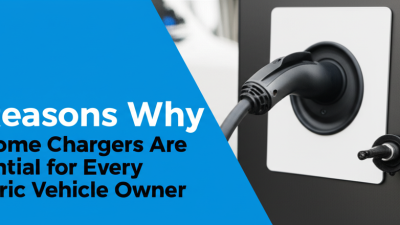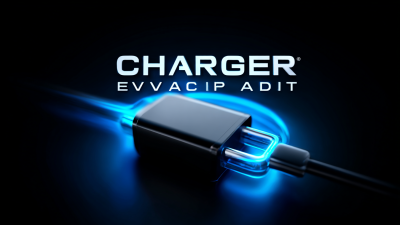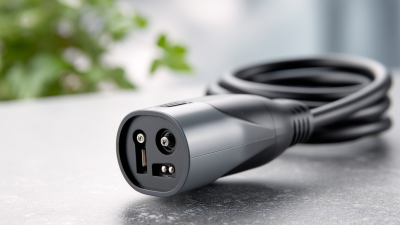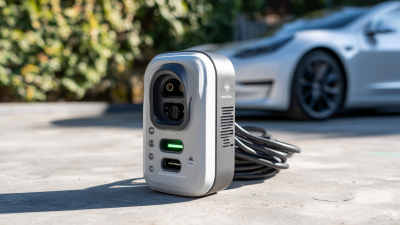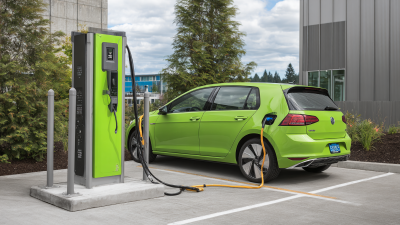As the adoption of electric vehicles (EVs) continues to surge, projected to reach 145 million global sales by 2030 according to the International Energy Agency, the importance of selecting the appropriate EV charging cable becomes increasingly critical.
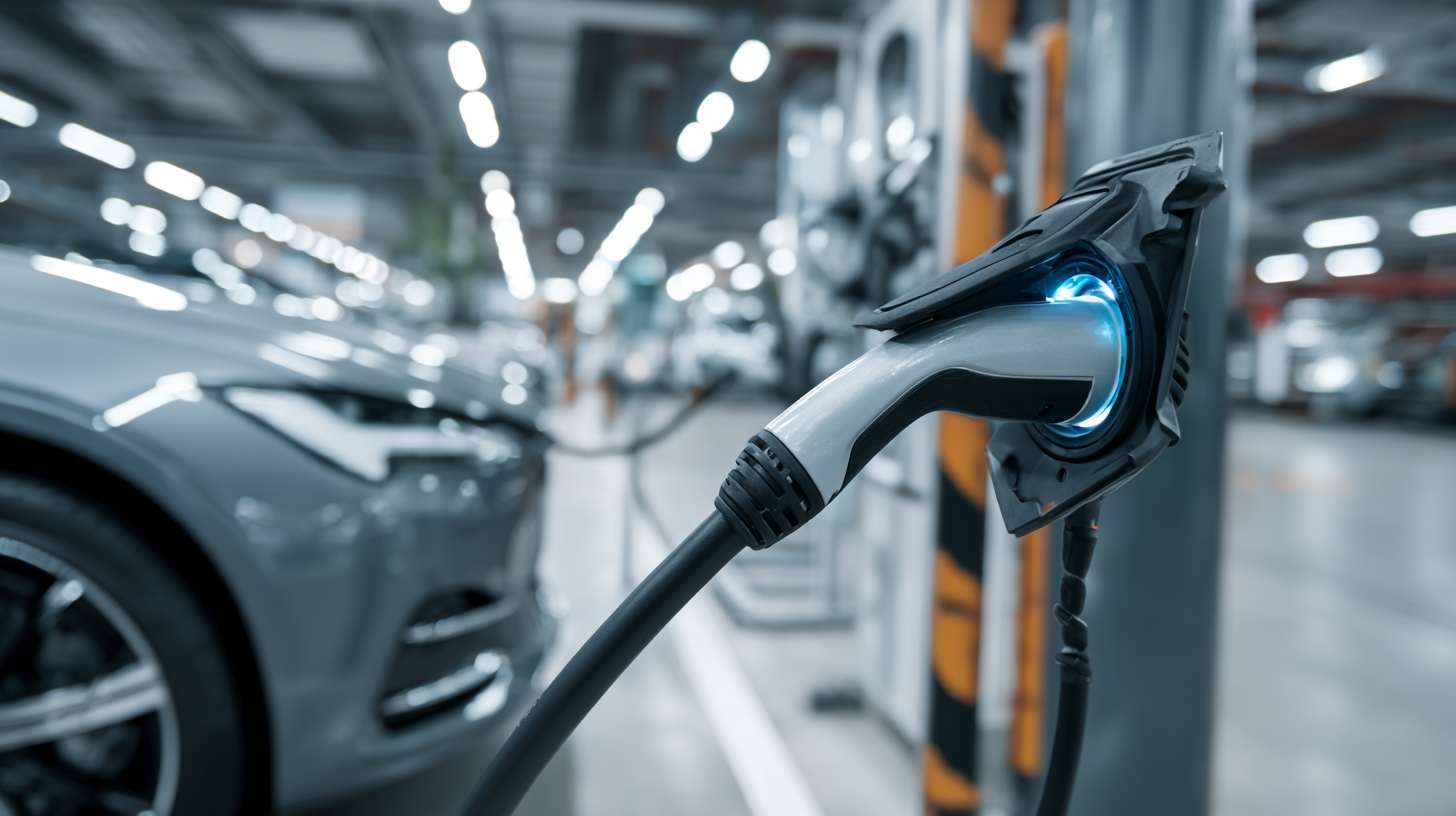
The right EV charging cable not only ensures efficient charging but also enhances the vehicle's overall performance and longevity. Market research indicates that the EV charging cable market is expected to grow at a CAGR of 30.2% from 2021 to 2028, reflecting the growing demand for enhanced charging solutions.
With various types of charging cables available, understanding the nuances of cable specifications, compatibility with different EV models, and charging speeds is essential for EV owners. This guide aims to provide valuable insights and practical tips on making an informed choice when selecting your EV charging cable, ensuring that you maximize your EV ownership experience.
When selecting the appropriate EV charging cable for your electric vehicle (EV), it is crucial to understand the various types of charging cables available. The primary types are Level 1, Level 2, and DC Fast Charging cables. According to the International Energy Agency, more than 1.65 million EVs were sold globally in 2020, highlighting the growing demand for efficient charging solutions. Level 1 cables typically use a standard 120-volt outlet and can take up to 20 hours to fully charge an EV, making them suitable for overnight charging at home. In contrast, Level 2 chargers, which use a 240-volt outlet, can charge an EV in as little as 4-8 hours, significantly reducing downtime.
DC Fast Charging cables are designed for rapid charging and can recharge an EV to 80% in approximately 30 minutes. The Electric Vehicle Infrastructure Projection Tool anticipates that the demand for fast charging stations will increase by 253% by 2030. To ensure compatibility, users must also consider connector types; the two most common are the CCS connector and the CHAdeMO connector. Understanding these factors is vital in choosing the right charging cable, ensuring that your EV is ready to hit the road with minimal interruptions.
| Cable Type | Connector Type | Maximum Power Output | Charging Speed | Best Use Case |
|---|---|---|---|---|
| Type 1 | SAE J1772 | 7.2 kW | 3-7 hours | Home Charging |
| Type 2 | Mennekes | 22 kW | 1-3 hours | Public Charging |
| CCS | Combined Charging System | 150 kW | 30 minutes | Fast Charging Stations |
| CHAdeMO | CHAdeMO | 50 kW | 1-2 hours | DC Fast Charging |
| Tesla Connector | Tesla Proprietary | 250 kW | 15-30 minutes | Supercharging |
When selecting the right EV charging cable,
compatibility with your electric vehicle's charging port
is paramount. Various EV models adopt different charging standards, including
Type 1,
Type 2, and
CCS.
For instance, according to the International Energy Agency, around
85% of EVs in Europe utilize the Type 2 connector,
highlighting a significant industry shift towards standardized charging solutions.
Prospective EV owners should first confirm the type of charging port their vehicle is equipped with
and ensure the charging cable matches these specifications.
Tips: Always check the manufacturer's recommendations when choosing a charging cable, as using an incompatible cable can result in inefficiencies or damage.
Additionally, consider the cable length based on your typical charging setup; a longer cable may provide more flexibility, but ensure it meets your power requirements.
In the U.S., the National Renewable Energy Laboratory suggests that approximately
70% of EV owners charge their vehicles at home,
which underscores the importance of selecting a reliable, high-quality charging cable.
Ensuring compatibility not only enhances charging speed but also protects your vehicle’s battery health in the long run.
Investing in an appropriate charging cable can ultimately save both time and money, optimizing your EV experience.
When selecting the right EV charging cable for your electric vehicle, understanding the nuances of amperage and voltage is crucial for optimizing charging speed. Amperage, measured in amps, indicates the current flow and significantly influences how quickly an EV can charge. Higher amperage allows for faster charging times, but it is essential to ensure that both the vehicle and the electrical system can handle the increased current without exceeding their limits.
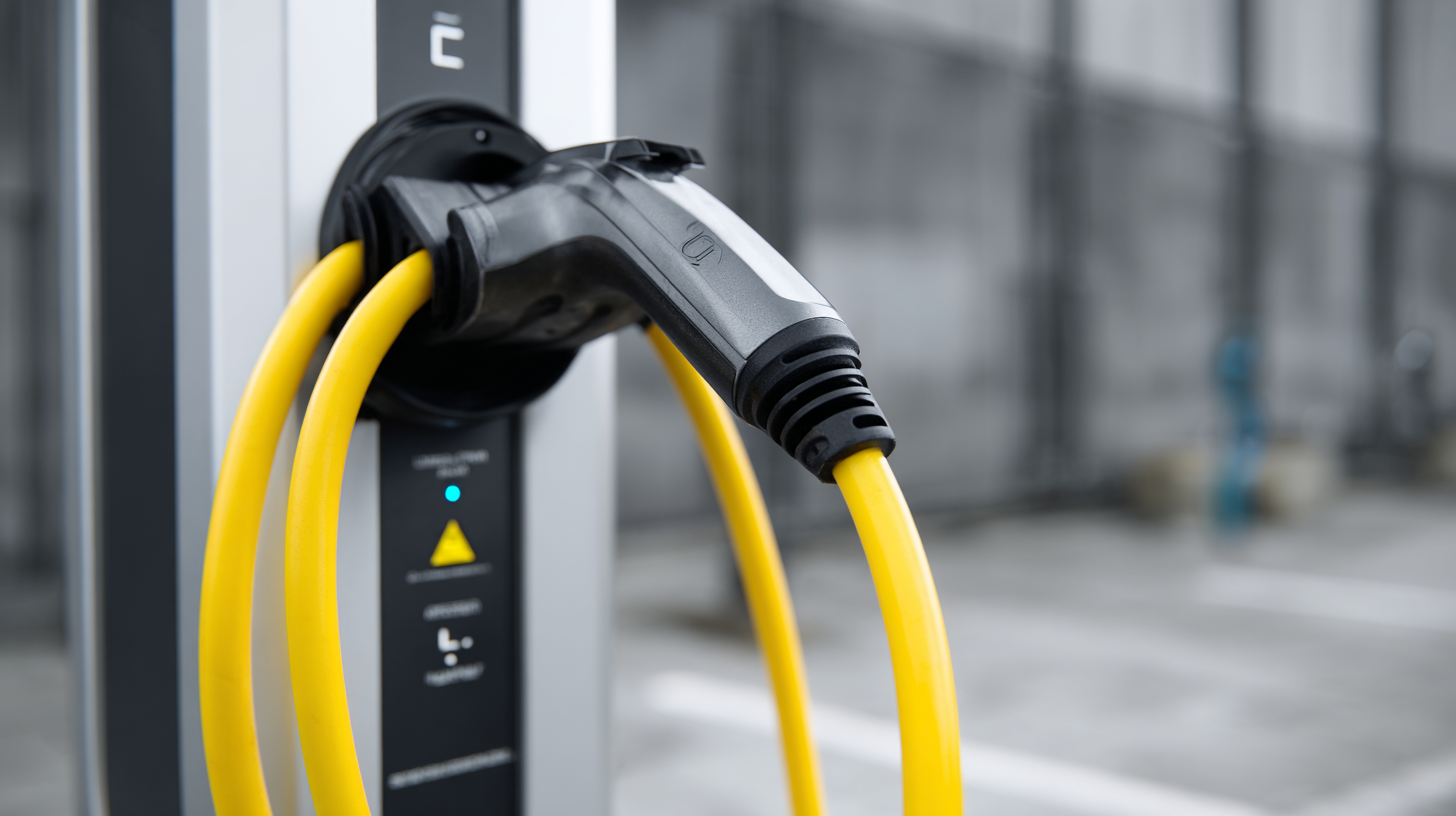
Voltage, on the other hand, is the force that pushes electric current through the cable. Most EVs operate on either 120V or 240V power sources. Charging at a higher voltage generally provides a quicker charging solution. For example, a Level 2 charger operating at 240V can dramatically reduce charging times compared to a standard Level 1 charger using 120V.
When choosing a cable, it’s important to consider the compatibility of the voltage with your vehicle’s specifications and the type of charging station you will be using to maximize efficiency and minimize wear on the battery. Balancing amperage and voltage will enable EV owners to select the most suitable charging solution for their needs.
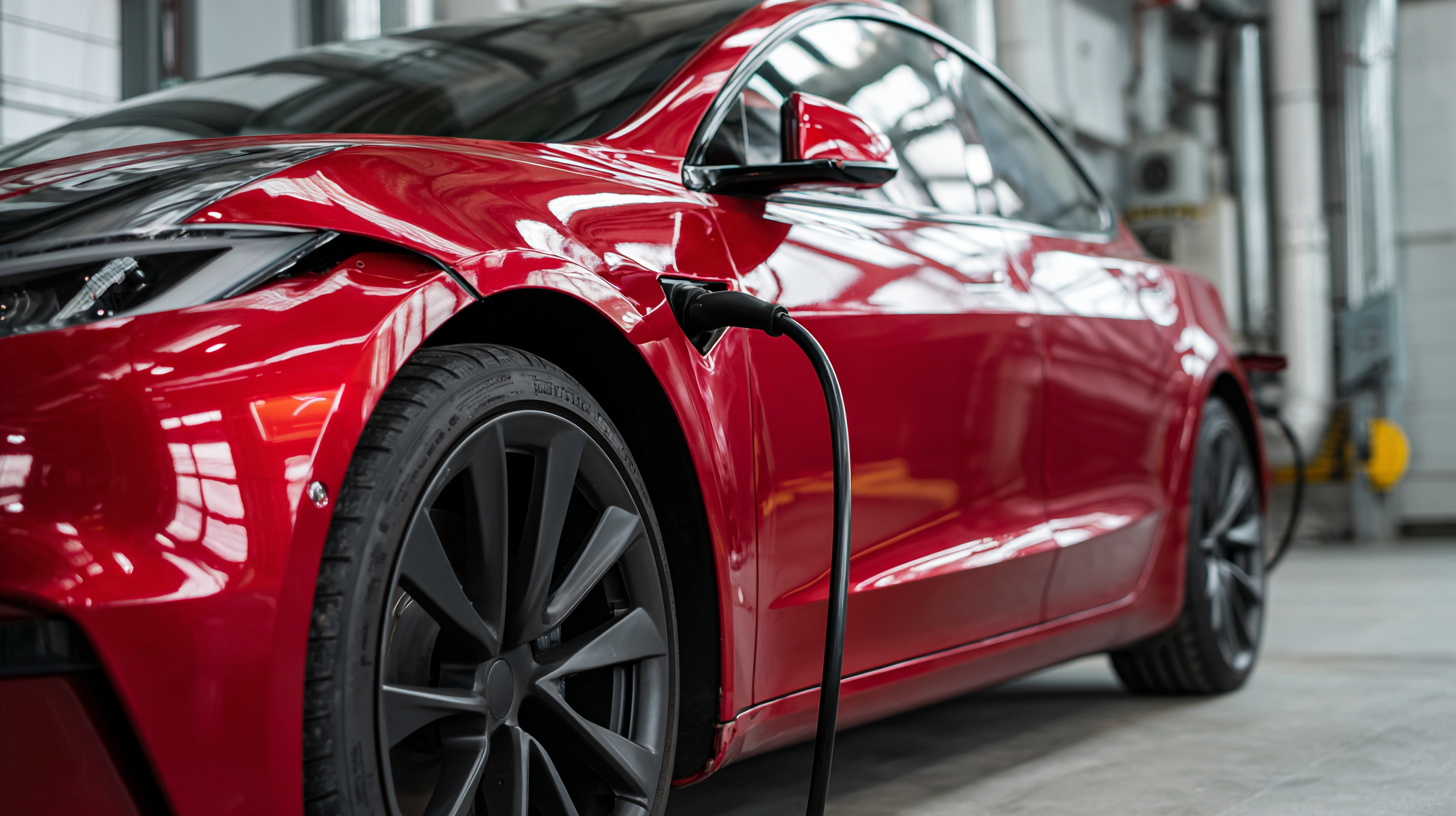 When choosing the right EV charging cable, one of the most critical considerations is determining the appropriate cable length for your charging setup. The length of the charging cord will directly impact how conveniently and efficiently you can charge your electric vehicle. For residential setups, it’s important to measure the distance between your parking spot and the electric outlet or charging station. According to industry reports, the average cord length for residential EV chargers is typically between 15 to 25 feet, which provides adequate reach without excessive slack.
When choosing the right EV charging cable, one of the most critical considerations is determining the appropriate cable length for your charging setup. The length of the charging cord will directly impact how conveniently and efficiently you can charge your electric vehicle. For residential setups, it’s important to measure the distance between your parking spot and the electric outlet or charging station. According to industry reports, the average cord length for residential EV chargers is typically between 15 to 25 feet, which provides adequate reach without excessive slack.
Tips: Ensure that your charging cable allows for flexibility in parking arrangements. Additionally, consider investing in cable organizers to keep your charging setup neat and prevent wear and tear, as proper cable management can prolong the lifespan of your cable infrastructure.
Furthermore, the charging cable you select should be compatible with your specific vehicle model to guarantee safety and performance. Research shows that charging stations and cables with standardized connectors facilitate easier and faster charging experiences. Opting for a cable that meets your daily commuting needs while allowing for occasional longer charging sessions can make a significant difference in overall convenience.
When selecting an EV charging cable, durability and weather resistance are crucial factors to consider for long-term use. Charging cables are frequently exposed to various environmental conditions, including rain, snow, and extreme heat. A high-quality cable should have a robust insulation layer and protective outer sheath made from materials that can withstand UV rays, moisture, and temperature fluctuations. Look for cables that are rated for outdoor use, as they often feature enhanced weatherproofing and more resilient components.
In addition to weather resistance, the overall durability of the charging cable is essential for ensuring reliable, safe operation over time. Cables with reinforced connectors and strain relief mechanisms can prevent damage from bending and twisting during use. Investing in a cable with a sturdy build will save you from costly replacements and potential safety hazards. Regularly inspecting your charging cable for signs of wear and tear can also help maintain its longevity, ensuring that your electric vehicle remains charged and ready for trips ahead.
